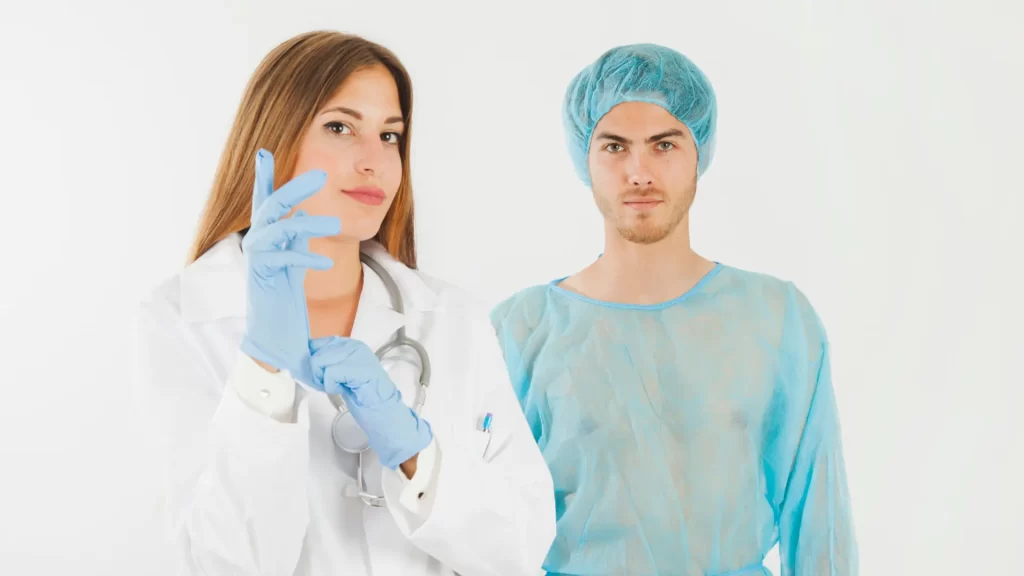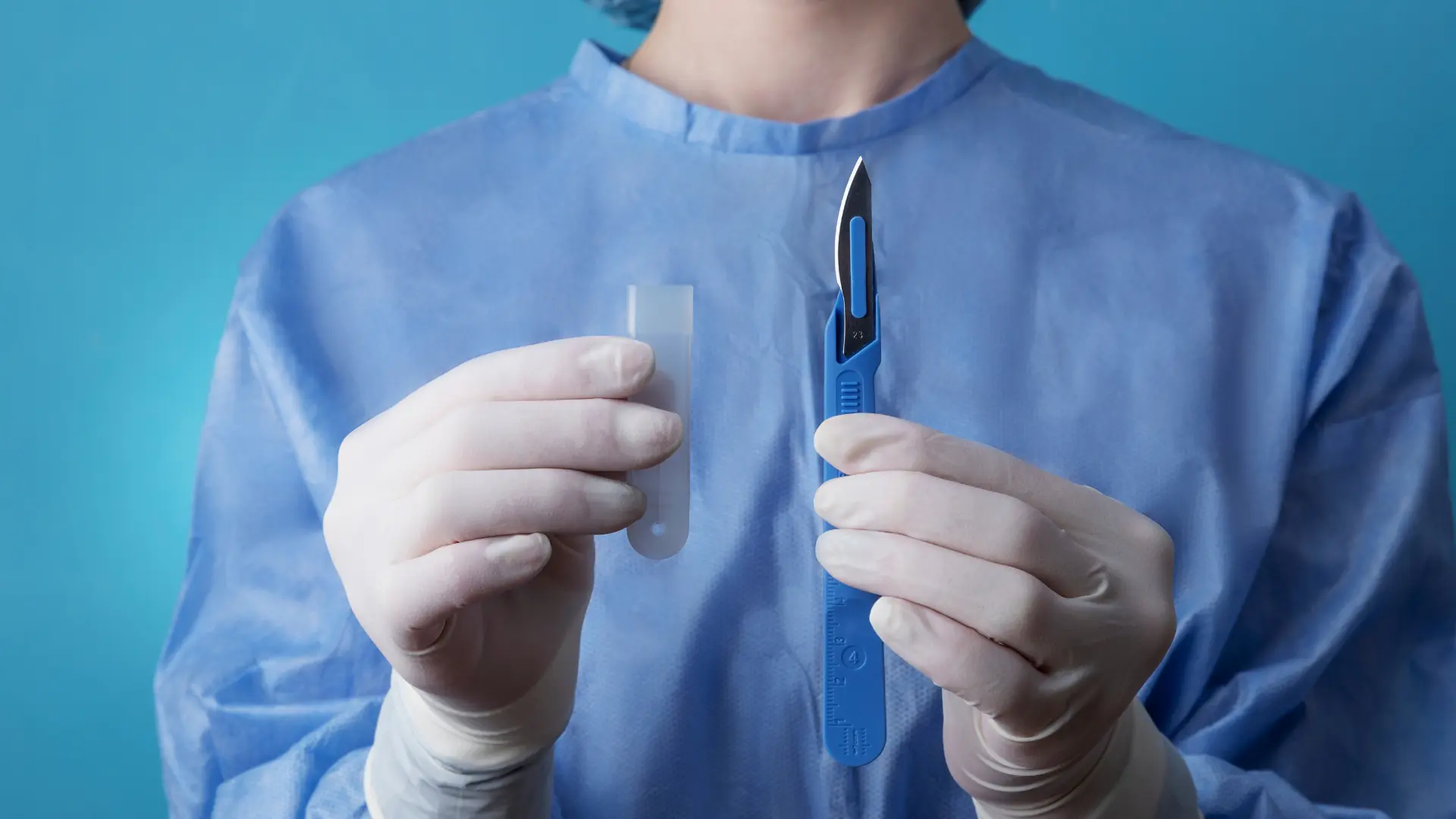Gender confirmation surgery, also known as gender-affirming surgery, is a surgical procedure that aims at altering the physical gender of an individual in compliance with their identified gender. This surgery is a significant aspect of the process of transition for many trans people, providing for both bodily change and mental health.
Different processes like surgeries for changing the gender from male to female and female to male to ensure that the body of the patient reflects their sexual identity. To be able to help those who want to undergo gender reassignment surgery or basic hormonal therapy, one has to have knowledge about it.
What is Gender Reassignment Surgery?
Gender Reassignment Surgery (GRS), also known as Gender Confirmation Surgery is a surgical process that aims at changing the physical features of an individual in order to match the gender he or she chooses to identify with.
This surgery is a key element of the process of gender reassignment for a significant number of trans people with the goal of alleviating gender dysphoria and enhancing the quality of life. Some of the GRS include chest reconstruction, genital reconstruction, and facial feminization or facial masculinization surgery.
The Need for Gender Reassignment Surgery
People who are transgender may have a gender identity that does not match their biological sex, which may result in psychological and emotional problems. This conflicts with the fact that people are allowed to choose their gender as they wish when creating an account on social media platforms. It is not aesthetic but a necessary procedure in the course of gender reassignment, which may be combined with hormone therapy to ensure that the patient feels more comfortable in their body.

Gender Reassignment Surgery Procedure Explained
The process of GRS is complex and involves several stages, each tailored to the specific needs and goals of the patient. Below is a detailed overview of the typical steps involved in the surgery:
Step 1: Initial Consultation and Evaluation
It is imperative that patients go through a proper assessment by a competent health care provider before they take a course of GRS. This process includes sharing of information about the patient’s medical and psychiatric history, and the expectations that the patient has for the surgery. It also helps to determine the patient’s mental and physical state of readiness for the procedure as well as to determine the best surgical plan.
In this stage, the surgeon will discuss the choices of GRS, which include chest surgery, genital reconstruction surgery, and facial surgery. The patient will also be explained the possible risks, advantages, and consequences of each procedure. Preoperatively, the patients need to have proper knowledge of the surgery and what to expect in the process for them to make the right decisions.
Step 2: Preoperative Preparation
Once the decision to proceed with GRS is made, patients enter the preoperative phase, which involves several preparatory steps:
Medical Clearance: Patients are taken through several exams and assessments to ascertain their fitness for the surgery. This may involve blood work, x-rays and CT scans, and meeting with other doctors if necessary.
Hormone Therapy: For the transsexuals who want genital reconstruction, it may be necessary to take hormone therapy to assist with the growth of secondary sexual characteristics and to get the body ready for surgery.
Psychological Support: This is an important time when the patient needs psychological support to deal with any anxiety or stress that may arise before the surgery.
The preoperative period is also an important time for the patient to prepare for their post operative care and recovery period.
Step 3: The Surgical Procedure
The actual surgery may differ depending on the certain operations to be done.
- Chest Augmentation (Top Surgery): This process entails the excision of breast tissue and re-contouring of the chest to provide a male appearance for MtF and breast enlargement for FtM.
- Genital Reconstruction (Bottom Surgery): This can involve procedures like phalloplasty (constructing a penis), metoidioplasty (enlargement of the clitoris to be used as a penis), vaginoplasty (constructing a new vagina), or labiaplasty (construction of labia).
- Facial Feminization Surgery (FFS) or Masculinization Surgery: These surgeries reshape the face to match the patient’s gender, for example, changing the jawline, the nose, and the brow ridge.
The surgeries are done under general anesthesia, and the time taken for the surgery depends on the extent and the number of surgeries to be done. The surgical team is the primary surgeon, anesthetist, and other assistant surgeons.
Step 4: Postoperative Care and Recovery
The post-operative care and recovery following gender reassignment surgery (GRS) are important to facilitate the healing process and achieve optimal results. Usually, patients are closely observed in the first days of the surgery; pain management, wound care, and infection control are the most important concerns. It is recommended that patients do not engage in any physical activities for several weeks as rest is important.
Swelling and bruising are typical, and they decrease over the days and weeks, and patients have to meet their surgeon to assess the progress of the recovery. It is important to take the prescribed medications and follow the care plan, including hygiene regimens.
In addition, emotional and psychological aspects can also be vital to the recovery process, since the adjusting period may be as much physically demanding as it is psychologically.

Gender Reassignment Surgery Cost in Turkey vs Other Countries
The price of Gender Reassignment Surgery differs based on the country as well as the particular procedures done. Here is a comparative overview of GRS costs in Turkey and other countries:
Turkey
The country is cheap to live in and has good quality health facilities and that is why it has become a center of gender reassignment surgery. The price of GRS in Turkey can be in the range of $7,000 to $15,000 depending on the procedures to be performed and the experience of the surgeon. This cost is quite low as compared to many western countries and this has made Turkey to be a preferred destination for people in need of quality though cheap health care services.
United States
The cost of GRS in the United States can be significantly expensive and is estimated to be between $20,000 to $50,000 or even more. This is due to the technology used, the level of care provided, and the expensive nature of health care in the U. S. Insurance for GRS is different, and while some may cover some of the costs, many patients will have to pay for it from their pocket.
Europe
In Europe, the cost of GRS also differs significantly from one country to another. For instance, in Germany and the United Kingdom, the costs are between $15,000 and $30,000. The price may vary depending on the type and difficulty of the surgery and the skills of the medical staff. Some European countries have state-funded or subsidized options that can make it more affordable in general.
Vitapera Surgical and Cosmetic Solutions
Vitapera Surgical and Cosmetic Solutions is well-experienced and specialized in all kinds of surgeries, and patients trust them for the best treatment and outcomes. Here are before-and-after images showcasing the transformative results achieved through Vitapera’s procedures:
Conclusion
Surgical Gender Reassignment Surgery is a life-changing process for most people who undergo it as it provides them with an opportunity to change their physical appearance to match their gender. When all the preoperative tests are done, the surgery is done with precision, and the patient is closely monitored after the surgery, the patient’s quality of life is improved.
Turkey is relatively cheap and has a good standard of treatment, making it a good choice for anyone in need of GRS. Vitapera and Cosmetic Solutions can be considered one of the top providers of the services, which is evidenced by the desired outcome and the concern for the patient’s experience.











